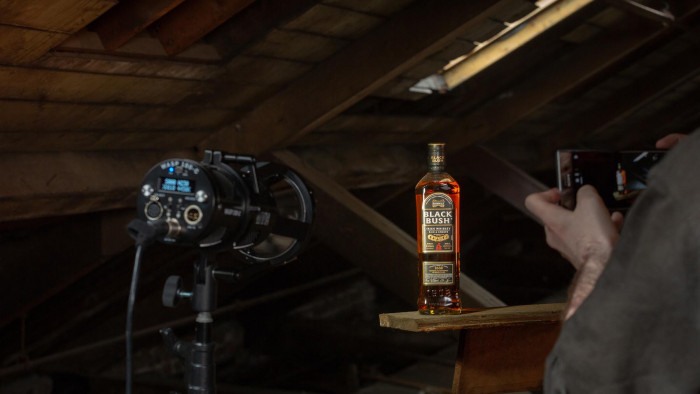Clearly not content with having hogged the headlines in 2010, volcanic ash is determined to claim its fair share of column inches this year too.
We’ve already had the return of the plane-bothering Icelandic dust cloud, and earlier this month, for the first time in 50 years, the Puyehue volcano in southern Chile erupted, billowing thick plumes of ash into the sky and even fending off forked lightning to create stunning images, such as the one above.
“Eruptions of this size occur around the world several times a year,” says Dr David Rothery, a volcano expert at The Open University. “The big risk is the fallen ash covering the nearby regions. Aside from the obvious respiratory hazards, if the dust is left to settle, it can create devastating mud flows after periods of heavy rain.”
The volcano (one of four in the Puyehue-Cordon Caulle chain) is about 500 miles south of Chile’s capital city, Santiago. And, apart from the odd delayed flight, UK residents have little to fear from such eruptions. “The nearest volcanoes to Britain are in the Eifel mountain range in Germany,” Rothery says. “They last erupted roughly 10,000 years ago, and we’d have some warning if they looked like doing so again as they’re under constant surveillance.”
However, what really worries the experts is the devastating impact of a ‘supervolcano’ — one of the dozen or so capable of firing ejecta over 240 cubic miles, such as the Yellowstone Caldera in Wyoming, US. “Hopefully,” says Rothery, “a supervolcano eruption won’t happen for thousands of years. But it will happen at some point. We don’t currently have any means of coping if it does, because the ash from the blast could cause darkness across an entire hemisphere for months, leading to mass crop failure.” All of a sudden, volcanoes don’t seem quite so cool.
Image: PA










